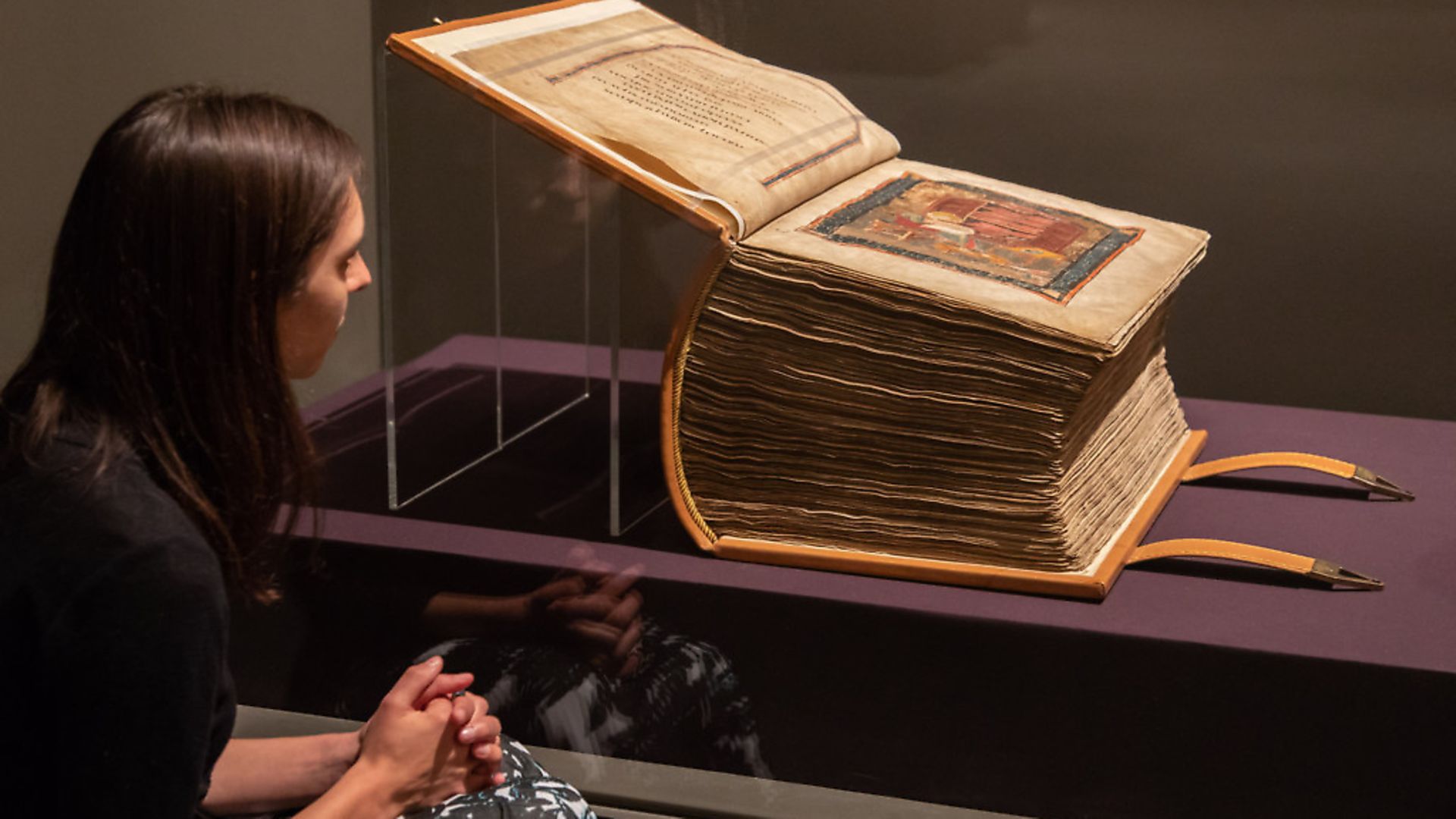
Britain is built not just on its diverse roots, but on the deep scholarship which explores them. A new exhibition celebrates both aspects, writes BONNIE GREER.
One of the more hilarious aspects of white ethnic-nationalists is their interpretation of British history.
About a decade ago, I was invited to appear on Question Time alongside, among others, the then MEP and leader of the British National Party, Nick Griffin. At the time there was a kind of existential panic about the BNP, that they could eventually win a seat or more at Westminster. One of the theories going around that the BNP extolled was that there was something called ‘an indigenous Brit’.
This ‘Adam’ of the British isles was the ancestor of ‘real’ British people. Of course, this primal being was white. In their world-view, humans have always lived on the island of Britain and they, the BNP members of the Griffin era, were their descendants.
I was a trustee of the British Museum at the time, so I decided to use the expertise of the scholars of pre-history and history departments, in particular one professor, who explained to me that the BNP’s theory was impossible.
The Last Glacial Maximum (LGM), about 26,500 years ago, was the last time period when ice sheets were at their greatest extension. These large ice sheets covered much of northern Europe. Permafrost, ground, at or below the freezing point of water, covered almost all of the British isles except for southern England. The only thing that survived this climate change in Britain was oats. Our morning porridge contains the only real ‘indigenous Brit’. Which means that everything else and everyone else is an immigrant.
I felt very moved to see the recent reconstruction of the face of Cheddar Man, below, the only intact full skeleton dating from about 15,000 years ago found on this island. He is believed to have been a member of what is known as the ‘West European hunter-gatherers’, a population that forms, on average, 10% of British ancestry without a recent family history of immigration. His latest incarnation, revealed earlier this year, no longer looked like a caricature of The Flintstones. Scientists at the Natural History Museum assess that he was probably a man with deep black skin and ice-blue eyes. His eyes are a mutation that science believes arose in the northwestern part of the Black Sea region. Cheddar Man smiles at us with all the power of revelation and perhaps relief that, at last, we see him. And he looks nothing like a member of the BNP.
But the ancient British immigrants who appeal to me the most are the Anglo-Saxons. And the question is: is it possible to actually be frightened of seeing something so overwhelming and powerful?
I am steeling myself to be overwhelmed by a new exhibition at the British Library called Anglo-Saxon Kingdoms: Art, Word, War. It is billed as ‘600 years. 180 spectacular treasures. A once-in-a-generation exhibition’. It looks so comprehensive, so majestic, that it looks to me that several trips to it are the best way to go. I want to see the Domesday Book, Beowulf and Bede’s Ecclesiastical History, and – on loan from the Ashmolean – the Alfred Jewel, an item which was once probably the handle for a pointer stick.
And to see again one of the crowns of the exhibition, the Lindisfarne Gospels, one of the founding objects of the British Museum, and now in the permanent collection of the Library. It was produced in the 8th century at a monastery off Northumberland. Those monks have left us the oldest extant book of the Gospel in the English language. It is still impeccable.
Scholars consider it to be one of the finest works in the unique style of something called Hiberno-Saxon, or ‘Insular’, art combining Mediterranean, Anglo-Saxon and Celtic elements. The art’s illuminated manuscripts and its style in general was particular to Great Britain and Ireland. This was fused with a bit of Germanic tradition brought over by the Angles, Saxons and Jutes.
The catalogue for this exhibition shows the origins of this country to have been international and also elusive, even slippery. Impossible to nail down, to hold. Britain is a fusion of various cultures, a coming together of peoples, through immigration, through war. All of this and more is the very foundation of this land. As is deep scholarship, written and treasured – though destroyed, in part, by the Viking invasions and also by the Dissolution of the Monasteries, ordered by Henry VIII and carried out by his enforcer, Thomas Cromwell.
Like the art critic Waldemar Januszczak I do not find Cromwell to be some sort of reformer and hero. To me he is a barbarian. What he did was to destroy so much of the rich heritage of this nation. Destroyed, too, a kind of intelligence and knowledge. Knowledge that you will find, it seems to me, in abundance at this glorious exhibition. We may be losing this nation’s multicultural history, its roots.
But Anglo-Saxon Kingdoms preserves that knowledge and gives us a taste of a kind of battle cry for those of us who want to remain attached to the mother continent. I am preparing myself to be overwhelmed.
Anglo-Saxon Kingdoms: Art, Word, War runs at the British Library until February 19










